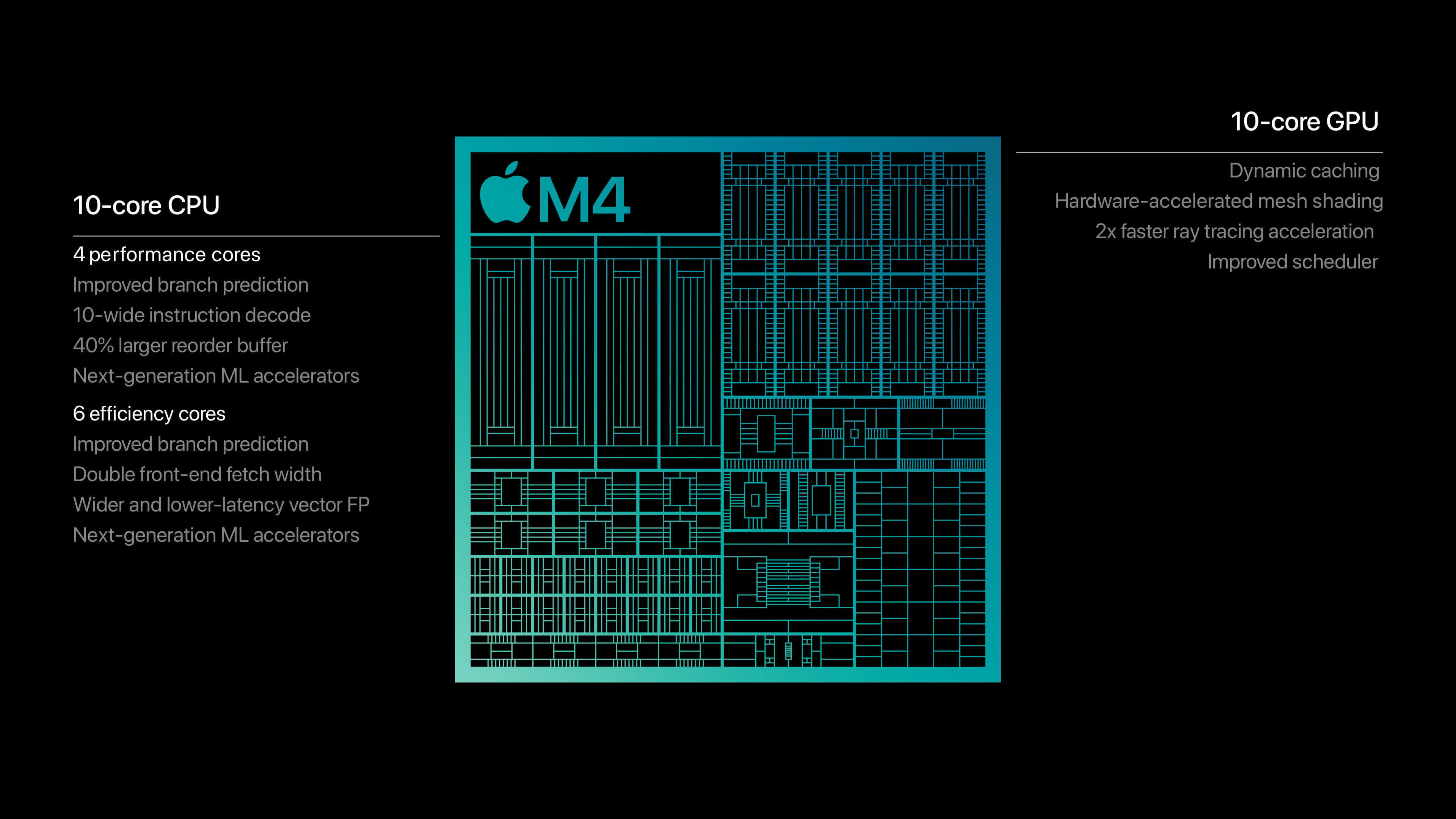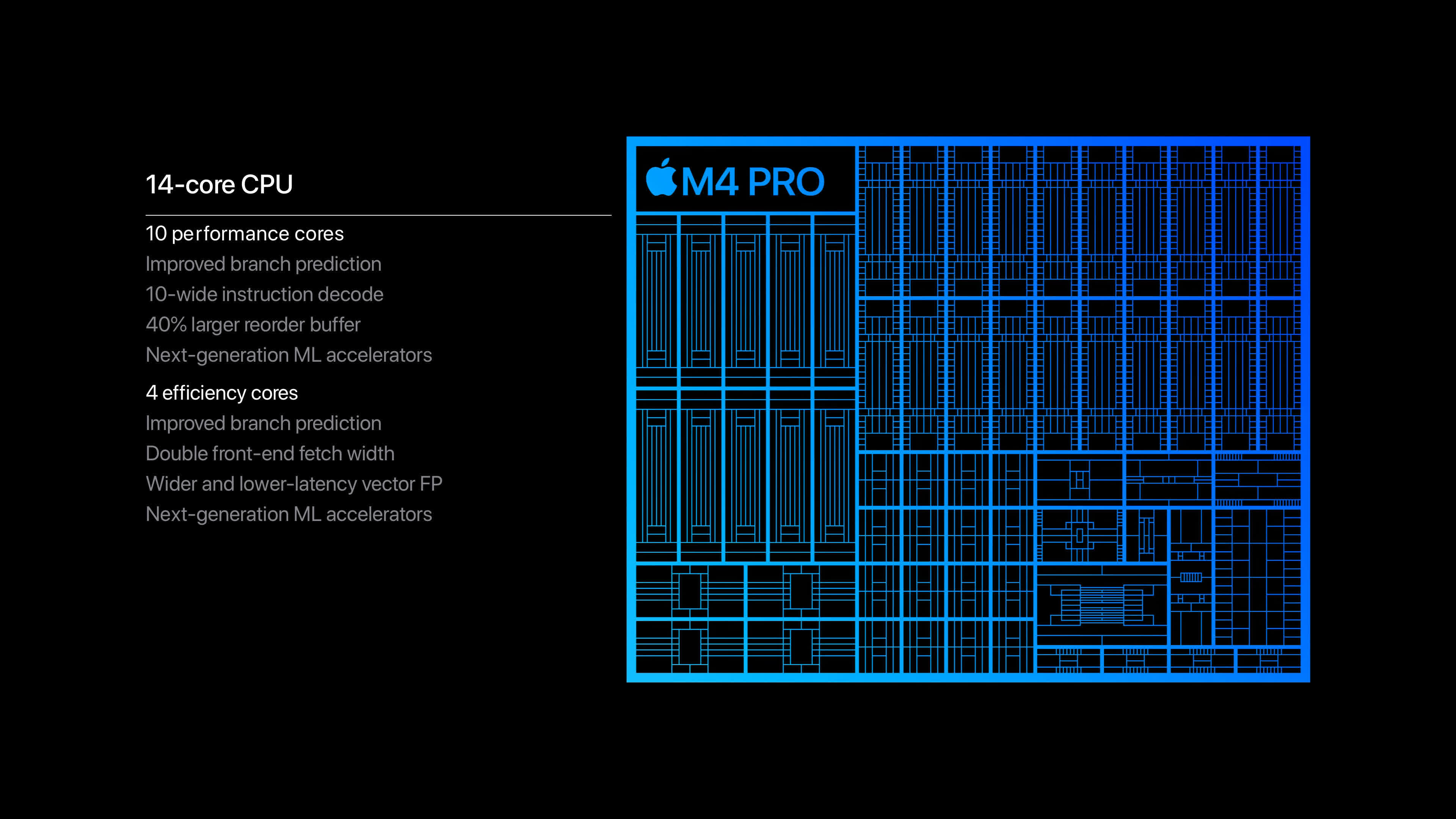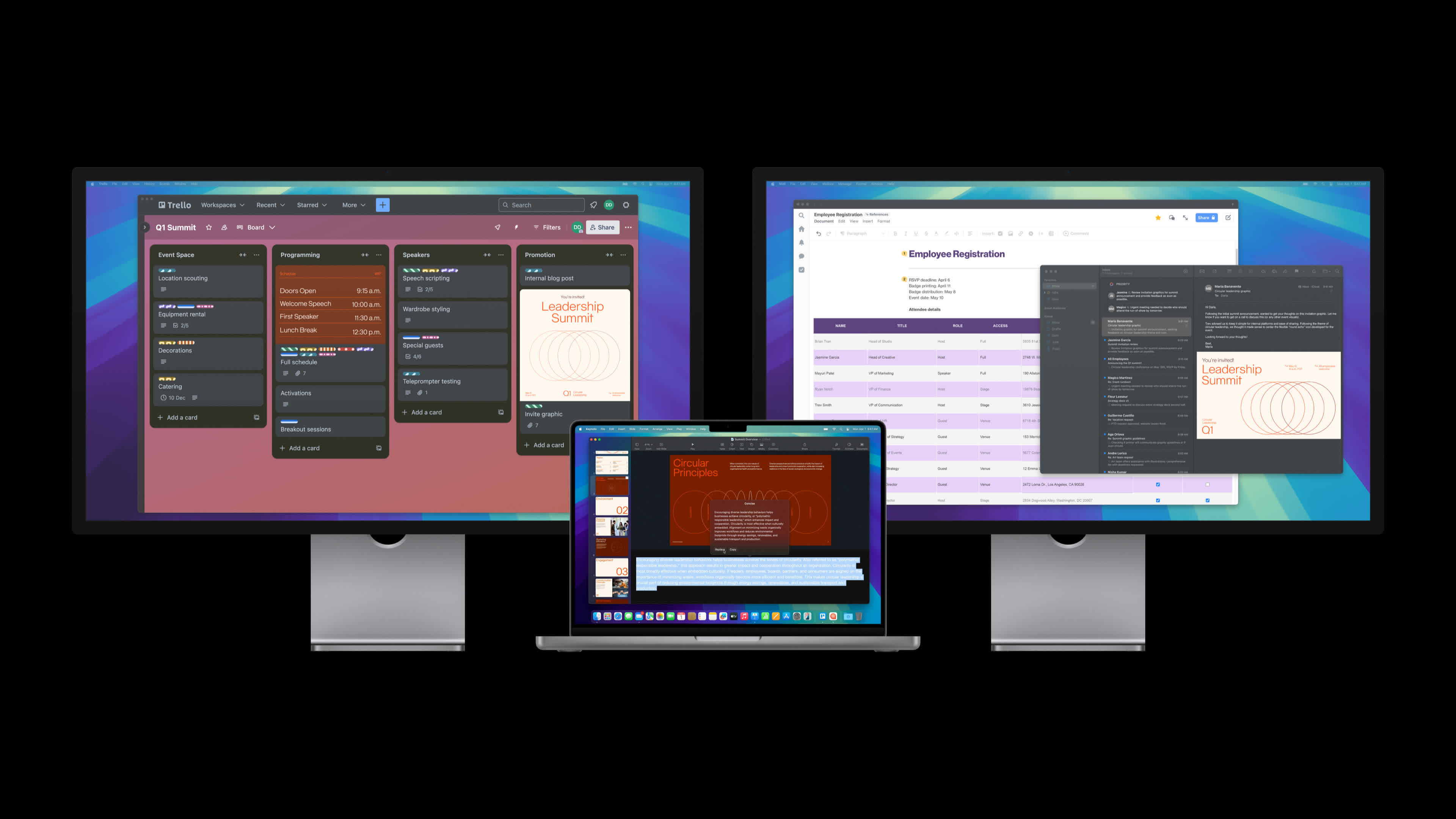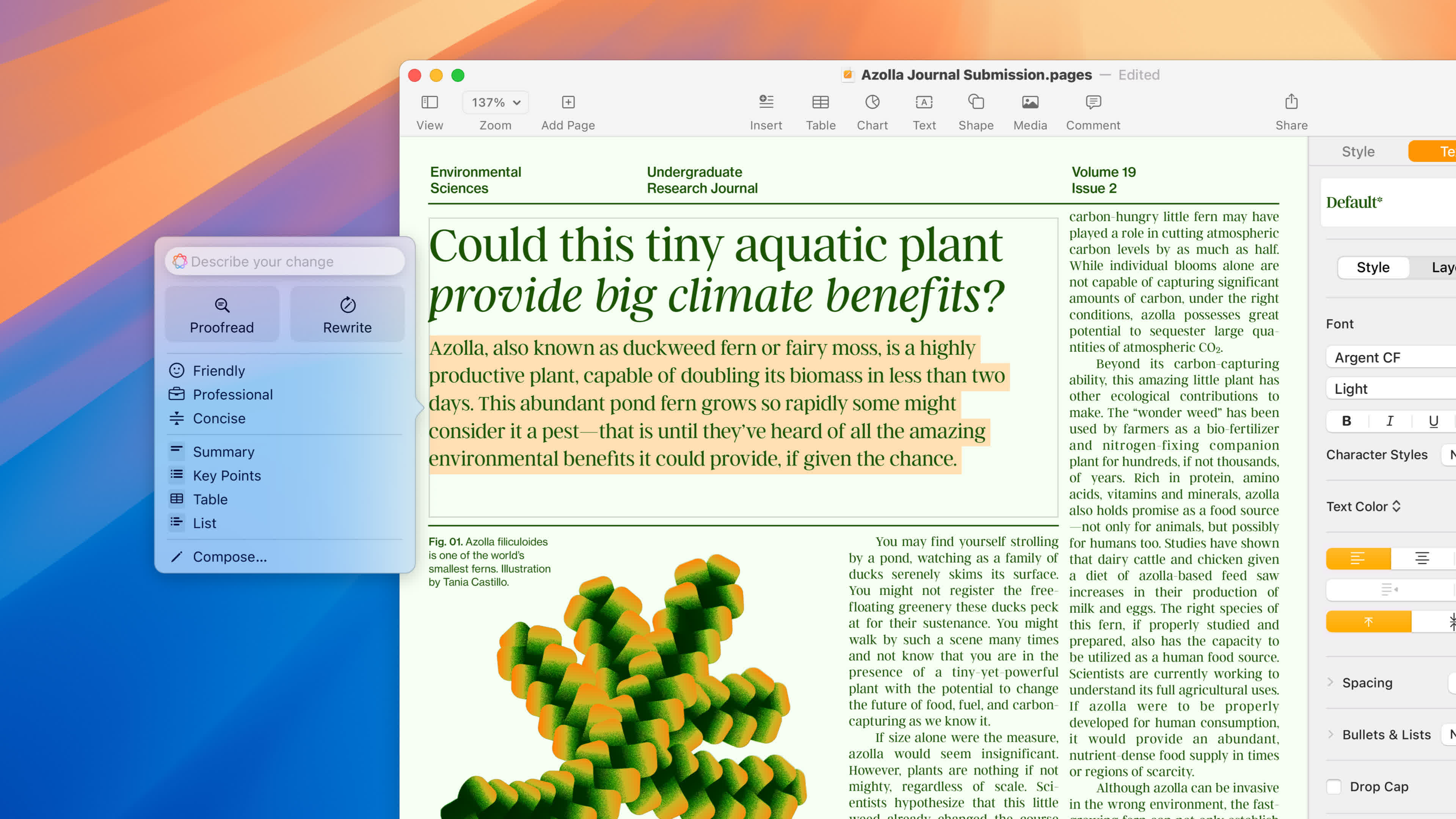In a nutshell: The new MacBook Pro is Apple’s third and likely final M4 Mac reveal of the week. Compared to prior models, the main enhancements include additional cores, wider memory bandwidth, Thunderbolt 5 support, and faster NPUs to power the company’s recently released generative AI suite.
Pre-orders are now open for the new MacBook Pro, starting at $1,599 for the base model with the M4 processor, $1,999 for the M4 Pro variant, and $2,499 for the M4 Max. Shipping begins on November 8, with student discounts available on each model.
Unlike the M4 Mac Mini introduced earlier this week, the new MacBook Pro hasn’t received a major redesign this year. The M4 and M4 Pro SoCs offer more cores than their M3 counterparts, while the M4 Max retains the same core configuration. The primary performance improvements lie in increased memory bandwidth and enhanced generative AI performance, aligning with the (initial) launch of Apple Intelligence.
Apple Intelligence can summarize pages, proofread writing, organize notifications, edit images, and more. Additional features and support for more languages will be available in the coming months.
While the M4 series is likely faster than the M3, Apple’s press releases for M4 products mainly highlight performance gains over the M1 and the last Intel-powered Macs, which were released roughly four to five years ago. Although the marketing strategy is obviously designed to maximize the perceived performance gains, it might make more sense for the average consumer.
Users with four-year-old MacBooks are more likely to upgrade than those who purchased a new model last year, especially those who haven’t yet switched to Apple Silicon. Upgrades from MacBook Pros released in 2019 and 2020 should see at least double the performance in most applications.
However, Apple is also taking the opportunity to challenge Intel’s recently released mobile AI PC processors in this announcement. Apple claims that the M4 Pro CPU is over twice as fast as the Intel Core Ultra 7 258V and that the M4 Max GPU and memory bandwidth deliver four times the performance of Intel’s latest chips.
Wired connectivity marks another significant enhancement in the M4 MacBook Pros. The standard M4 model adds an extra Thunderbolt port, with all connections upgraded to Thunderbolt 4, while the M4 Pro and M4 Max models feature three Thunderbolt 5 ports. The new protocol enables bi-directional data transfers at 80 Gbps or one-way transfers at up to 120 Gbps.
Apple has also increased the base memory found on all Macs, a much needed upgrade that is likely to please users. After surrendering its defense of MacBooks with 8 GB of RAM, the company has switched to 16 GB as the minimum, which retroactively applies to the M2 and M3 MacBook Air at no additional cost.
The M4 MacBook Pros, like the new Mac Mini, also feature 12-megapixel front-facing cameras with support for Apple’s Center Stage and Desk View functions. Battery life has improved as well, according to Apple, reaching an unprecedented 24 hours for the M4 and M4 Max models and 22 hours for the M4 Pro.
With this week’s announcements likely concluded, the MacBook Air, Mac Studio, and Mac Pro are expected to receive M4 upgrades early next year.










